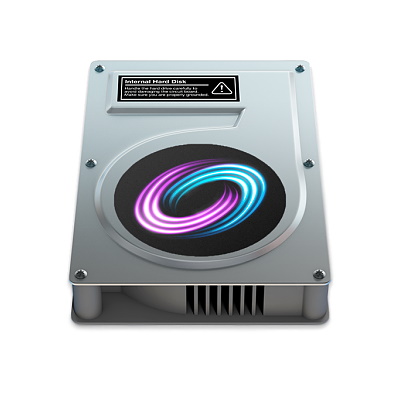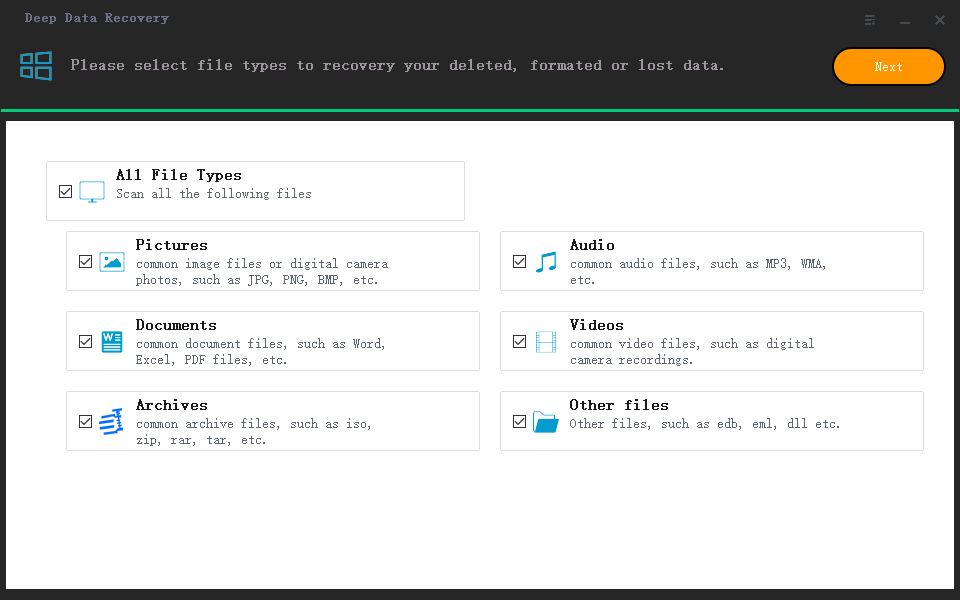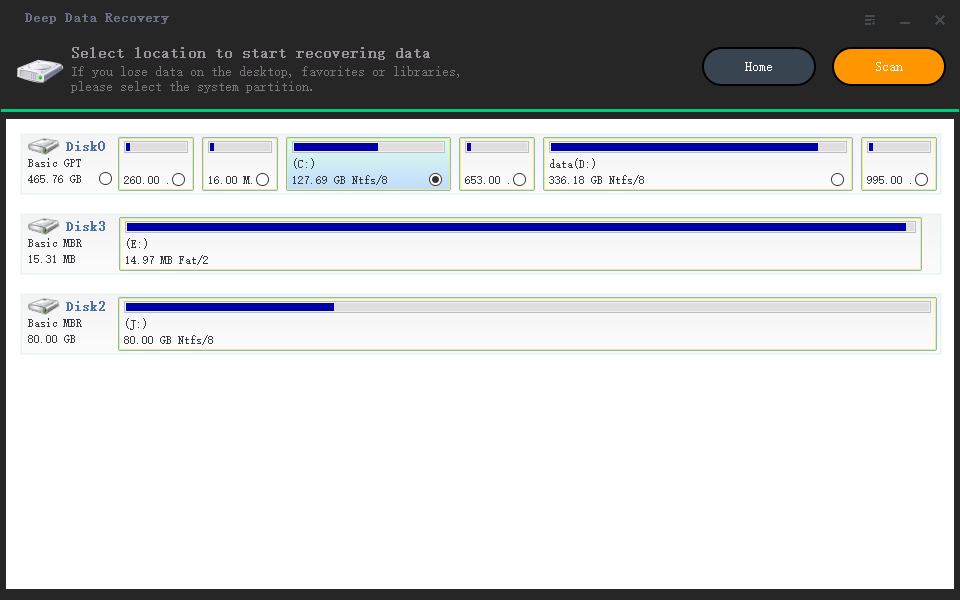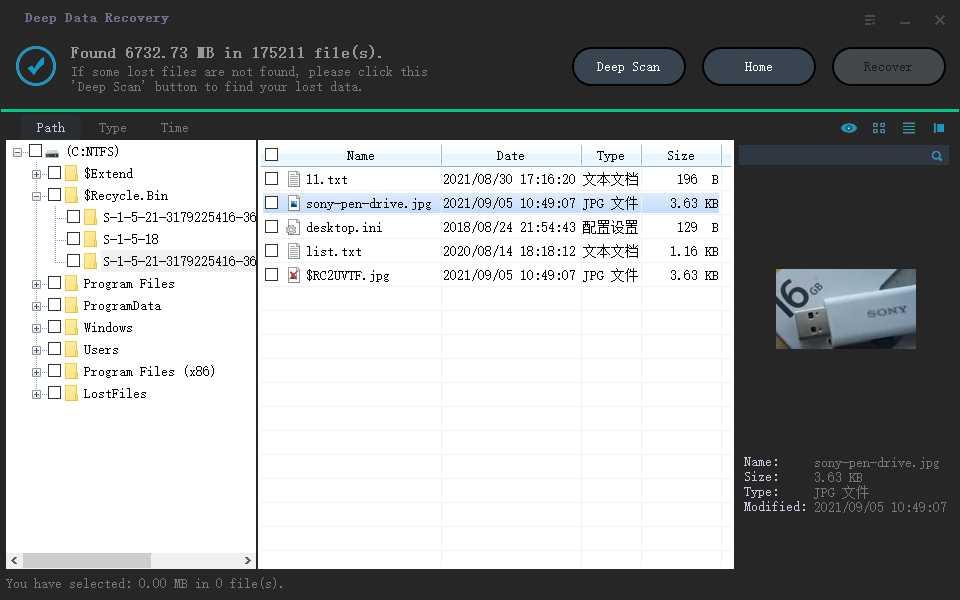Battle of Hard Drives: Fusion Drive vs. SSD vs. HDD. Which Is Better?
Fusion Drive vs. SSD vs. HDD lets you compare the three types of hard drives by viewing the price, speed, performance and potential risks while using each. Go and get the right hard drive for your Apple computer, Windows PC or laptop. Let Deep Data Recovery takes care of your lost data on the Fusion Drive, SSD and HDD with the enhanced data recovery capability.
This page offers a detailed comparison of HDD, SSD, and Fusion drive. It also offers a complete data recovery solution for the latest Fusion drives. Check out the detailed information now:
| Workable Solutions | Step-by-step Troubleshooting |
|---|---|
| HDDs | The cheapest, oldest and most common type of drive is the humble HDD...Full steps |
| SSDs | HDDs are increasingly being replaced by SSDs (or solid-state drives)...Full steps |
| Fusion Drive | Fusion Drive is a combination of HDD and SSD technology...Full steps |
| Fusion Drive Recovery | When lost Fusion drive data, run Qiling recovery software > Scan drive > Restore...Full steps |
It would be easy to think that a hard drive is just a hard drive, but this would be a long way from the truth. There are, in fact, several different types of hard drives, and the one you choose will depend on a number of factors – but ultimately it comes down to balancing size, performance, and price.
HDDs
The cheapest, oldest and most common type of drive is the humble HDD (or hard disk drive). This is a decade-old technology that is still very widely used. Data is stored on rotating platters, which are read from and written to with a magnetic head that moves across the surface of the platter like the arm of a record player. Because of the fact that the disks containing data rotate, and the read/write head moves. HDDs are often referred to as mechanical drives and the fact they have moving parts means that they are audible when in use.

- Advantages: cheap, reliable, high capacities available
- Disadvantages: Slow, risk of physical damage, can be noisy in use
SSDs
HDDs are increasingly being replaced by SSDs (or solid-state drives). These take a number of forms, but they all have one thing in common – no moving parts. SSDs are less prone to damage than standard HDDs because there is no risk of a moving read/write head coming into contact with a disk, but this is not the only advantage of this type of drive. Because they are based on Flash memory, SSDs are also significantly faster than traditional hard drives, making them ideal for tasks that require better performance, such as gaming, CAD and video editing.

This extra speed comes at a cost, though. On a gigabyte for gigabyte basis, an SSD is noticeably more expensive than an HDD, but prices have started to come down significantly in recent years as the storage technology is more widely adopted. SSDs come in a number of physical forms, including those that look like regular hard drives, and those which look more like RAM memory modules. Another important factor to bear in mind is that SSDs do not last as long as traditional HDDs. This is not because they are less reliable, but rather that their very nature means that data can only be written to each section of a disk a limited number of times.
- Advantages: Fast performance, low power consumption, silent operation
- Disadvantages: Higher cost, lower capacities, limited lifespan
Fusion Drive
The final type of drive that we're interested in here is Fusion Drive. As you might guess from the name, this is a combination of HDD and SSD technology. Actually, Fusion Drive is specific to Apple; it is the company's own version of the more generic hybrid drive, but it works in very much the same way. Briefly explained, a Fusion Drive comprises a large capacity HDD and a smaller capacity SSD. For instance, 2019-model iMacs are available with Fusion Drives made up of 3TB HDD storage and 128GB SSD storage – although there are numerous other configurations available, and Fusion Drive is available for other Apple devices. While there are two physical drives making up the Fusion Drive, they appear as a single drive within macOS.

- Advantages: Cheaper than SSDs but faster than HDDs, quiet (although not silent) operation, high capacities available
- Disadvantages: Not the very best performance, can have problems, only available in certain Macs
Fusion Drive Benefits
macOS organizes the content of a Fusion Drive so files that are accessed frequently are stored on the faster SSD to speed up access. This can include documents and other files that are used most regularly, as well as apps and key files relating to the operating system itself. In some senses, a Fusion Drive is like a regular hard drive with an extremely large cache. It brings the speed benefits of installing an SSD at a greatly reduced cost; it gives users the best of both worlds.
It is only really possible to get a Fusion Drive by buying an iMac with one preinstalled. Some people have had success adding one to a Mac that was not originally supplied with one, but this is not something that is guaranteed to work and is a route best avoided.
Fusion Drive is fairly unique, and this means that it can have unique problems. The idea of the drive is that the HDD and SSD components that make it up are supposed to show up in Finder as a single drive, but this does not always happen. It is possible for a Fusion Drive to "split", meaning that it will appear as two drives instead. Apple is aware that this is something that can happen from time to time, and the company offers a suggestion about how to fix it (https://support.apple.com/en-gb/HT207584) -- however, this problem can also stem from a physical problem with a Fusion Drive, and this can be troublesome and expensive to fix.
For all of their benefits, Fusion Drive suffers from the same problems as HDDs and SSDs when it comes to data loss. No matter what type of drives you using, it is only too easy to accidentally delete a file only to later discover that it was a file you actually needed to keep. Whatever type of drive you have, it is important, to have a backup plan in place. Making regular backups of data is one of the easiest ways to prevent the loss of files. And, of course, Trash gives you something of a safety net, giving you the chance to recover files you have deleted, but what happens if you empty Trash?
This is where the Deep Data Recovery can help. The software can handle data recovery from HDDs, SSDs and Fusion Drive disks, helping you to get back files you may have thought you had lost forever. It does not matter whether you lost files because of accidental deletion, drive formatting, a virus, or something else, Deep Data Recovery is probably your best chance of getting back your data. The software is available for just $59.9 +VAT, and there is a free trial version available so you can test out its capabilities before you decide to buy.
How to Recover Deleted/Lost Data from Fusion Drive:
Step 1. Download and Install for Deep Data Recovery Software
Click the download button to get this Software installation package and install it on your computer. Run it and click "Next".

Step 2. Select your SSD or HDD. Then click "Scan" to start finding lost data.

Step 3. Preview SSD or HDD data
You can use "Filter" or a search bar to find a specific type of file. Or you can sort lost files from the file folder listed on the left side of the program like "Deleted Files," "Other Lost Files," etc.

Step 4. Restore SSD or HDD data
Click "Recover" to save found SSD or HDD files to a secure location on your PC or external storage.
Related Articles
- How to Migrate Linux Installation to New Drive
- How to Clone IDE to SATA HDD/SSD (2 Ways)
- Lost Unsaved PowerPoint Document - How to Recover?
- How to Recover HFS, HFS+ Partition Data on Mac
- Why Can't I Update My Mac? Fix It and Update Mac to The Latest macOS Big Sur
- Fix Corrupted Hard Drive on Mac with Two Methods